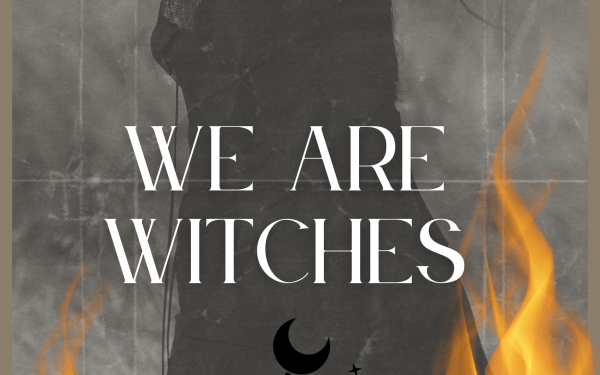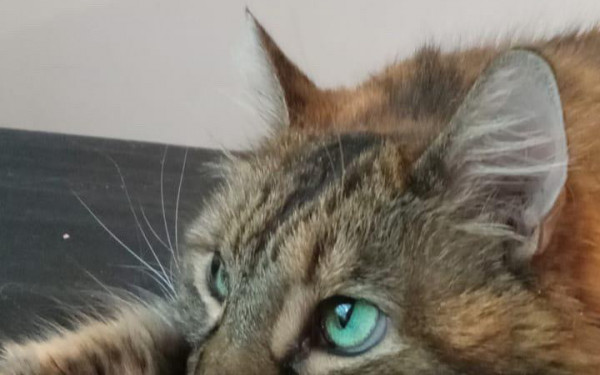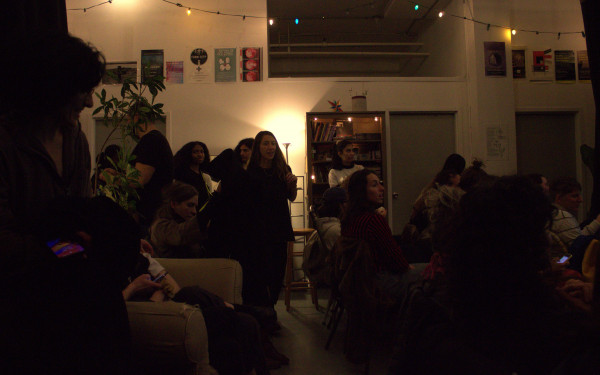Preserving Iran’s folklore through animation
Naghmeh Sharifi discusses the role women have played in preserving oral storytelling traditions
The voice of Naghmeh Sharifi’s grandmother narrates the story of an Iranian girl and a prince disguised as a snake through a set of headphones. The audio is accompanied by the artist’s animations, bringing the Iranian fairy tale to life.
Before her death in 2013, Sharifi had a close relationship with her grandmother. While living in Iran, her grandmother would tell her a fairy tale before bed.
“She was the storyteller of the family,” said Sharifi, a Canadian-Iranian multi-disciplinary artist based in Montreal. “She was also a woman who grew up in a setting where she wasn't allowed to pursue an education because of her gender. This oral storytelling was her way of preserving folklore and culture. It was also something that I wanted to pay homage to.”
Contes évanescents / Fading Fables / Zar-Afshun is the first phase of the project, and is currently on display at the Maison de la Culture de Rivière-des-Prairies. The work was conceived during a 2022 residence at Ada X, a feminist artist-run centre engaged in media arts and digital culture. The installation features a recording of Sharifi’s grandmother recounting a fairy tale in Farsi alongside the artist’s animated illustrations.
According to Maison de la Culture’s cultural agent Marie-Louise Larocque, Sharifi’s project was chosen for her artistic approach and practice. The project explores themes of identity, women's resilience and the transmission of heritage between generations.
“The comments we received focused particularly on the virtual animation,” said Larocque. “[Visitors at the installation] were delighted to experience part of the exhibition in a new form (virtual reality), and were impressed by the immersion Naghmeh's universe brought them.”
The story told by Sharifi’s grandmother follows a girl similar to Cinderella. She lives a modest life when one day a snake visits her and drops a gold coin in front of her spindle. At first, she feels threatened by the snake and tries to get rid of him, only to discover that the snake is actually a prince. The prince is offended because he came to woo her only to be rejected.
“Because [the story] is part of the oral history, it has the additions of every person who's told the story at a different time,” Sharifi said.
Montreal-based sound designer Nick Lavigne produced the audio elements of the installation. Lavigne had previously worked with Sharifi on The GraveSleepers, an animated short film which explores themes of mortality.
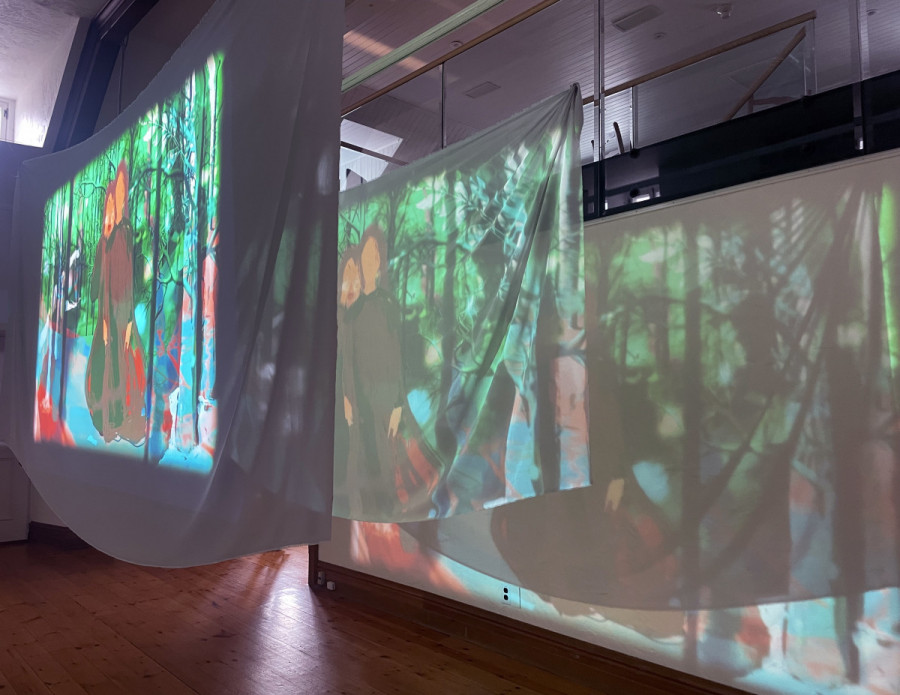
“It was challenging because I don’t speak Farsi,” said Lavigne. “I had the translation and I had an idea of what was going on, but it's definitely a different work experience to be putting in sounds against a narration or voiceover that you don't understand.”
Sharifi’s original idea was to preserve the story as it had no illustrations. She wanted to add visuals to the story but struggled to find references, documentation or other audio recordings of the older generations of Farsi women telling this exact same story. She didn’t know when the story had taken place so it became a fantastical image that lived in her head.
Sharifi explained that oral history is a valuable tradition. Like many women, Sharifi’s grandmother grew up in a male-dominated society.
“My grandmother and the women of her family, for example, didn't have access to education,” she said. “This gave them a sort of agency to preserve this part of the culture. Oral history is interesting because, through the generations that it’s passed down, everybody adds their own take and their own perspective with their own values. It’s transforming. It’s evolving in time.”
Sharifi grew up in Iran during the post-revolution era of the 1980s. She explained that during this time, female representation was being omitted from national media. This installation became a way for the artist to create the representation she hadn't seen in Iran.
She described the post-revolution Iranian media as “a systematic removal of female representation in children's TV programs and our national media.” If there was representation of women, they were heavily covered up and played very traditional gender roles. Only the privileged few there were able to acquire bootleg Disney VHS tapes.
“I didn't grow up seeing [female representation],” she said. “I wanted to give her a body, I wanted to give her a face, I wanted to give her a figure. I wanted her to be more than just the name. For me, creating this character, and the things that she's going through is creating that representation that I didn't see.”
Sharifi plans on producing a second phase of the installation which will use intergenerational dialogue to dive deeper into the topic of gender roles. Contes évanescents / Fading Fables / Zar-Afshun will be on display until March 30.

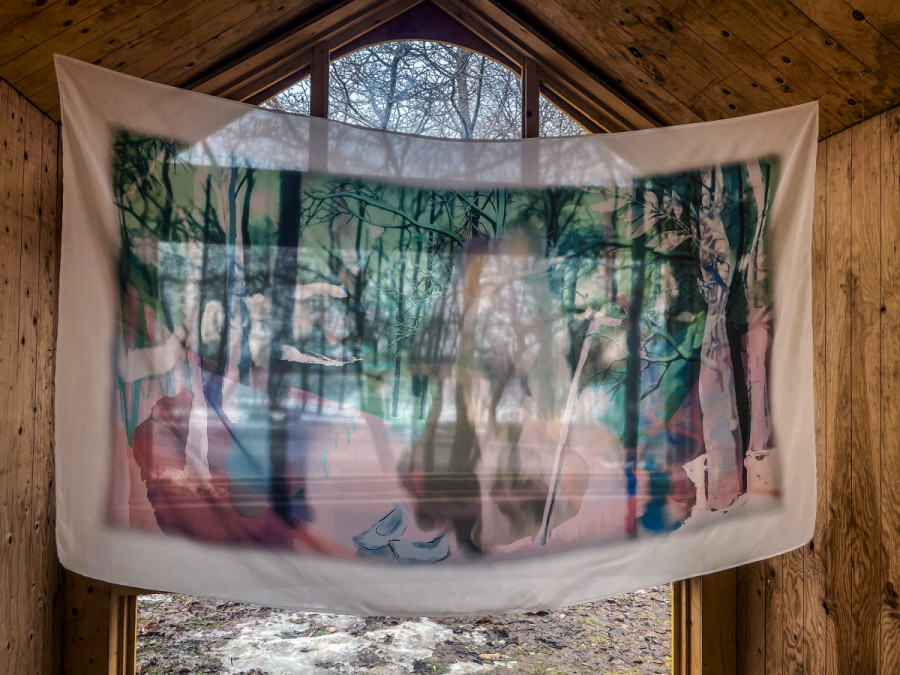
_600_832_s.png)

